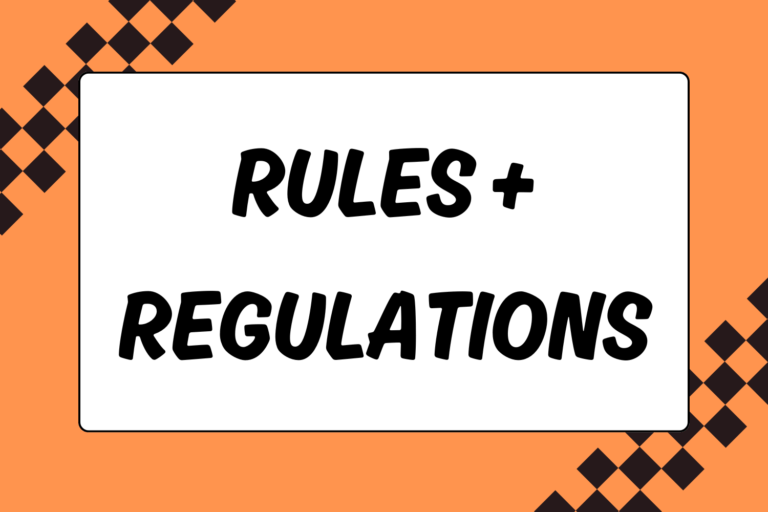The hurdler is a sprinter who possesses a natural sense of rhythm and a no-fear attitude. This is particularly true of the high hurdles, where no compensation can be made for technique and rhythm. The long hurdler, on the other hand, has to cope with hurdling under extreme fatigue. All hurdle races require an athlete who isn’t satisfied with simply running fast.
Hurdling Technique
The 60mH, 100mH, 110mH, 300mH and 400mH make up the hurdle events in track and field. Each race has 10 barriers. Our guide, Track & Field Dimensions breaks down each event’s hurdle height and layout on the track.
A good hurdler is said to run through, instead of jumping over the barrier. Below is the breakdown of basic hurdle technique. If possible, consult with a coach while learning how to hurdle.
Proper Takeoff Position
Start the takeoff by driving the knee of your lead leg upward toward the hurdle. The knee should come up fast and the body should begin to lean forward.
Once your lead knee reaches the height of the hurdle, begin extending the lead leg with the foot dorsiflexed. Your lead arm (opposite of the lead leg) should come up as you extend your lead leg. Keep it bent and raise it to eye-level.
Think of a Key Word
Some coaches recommend thinking of a key word upon approaching a hurdle to help ensure mental focus and rhythm. Try different words, like “Attack!” or “Go!” to help your own takeoff.
Clearing the Hurdle
As your lead leg extends and goes over the hurdle, your trail leg follows quickly in a bent position with the knee under your armpit. This is not a ‘flat’ movement but an active motion. Think of your trail leg as a whip that aggressively pulls the foot over the hurdle.
To ensure that the foot of your trail leg clears the barrier, lead with the knee. Drive the knee up, then pull it in toward the center of your body. Do not make an effort to raise the foot by angling the knee down.
As the lead leg goes over the barrier, your trail arm should be back and bent as if reaching into your back pocket. Don’t twist or swing the trail arm outward. From the waist, your torso should bend slightly over your lead thigh, but your torso and head should remain facing forward.
The arc of your jump should be very minimal, especially for the high hurdles. The best hurdlers, in fact, appear to stride over the hurdle without jumping at all. While learning, however, the movement will likely be more jump-like. Keep in mind that your lead leg should be clearing the hurdle on the downward portion of your jumping arc. This means that you need to take off farther in front of the hurdle than you will land behind it.
Landing & Running
As you are planting your lead leg down in front of the hurdle, you’ll simultaneously pull the knee of your trail leg back to the center of your body, where it can fall back into a normal stride pattern. As you land, make sure your hips don’t sink down. Land on the ball of your foot and try to resume good sprinting form.
One Move Done Many Times
Clearing a hurdle might be difficult, but doing it ten times in a row while running at top speed is much more difficult. Timing and endurance are key, so be prepared to put in ample time training before you compete.





